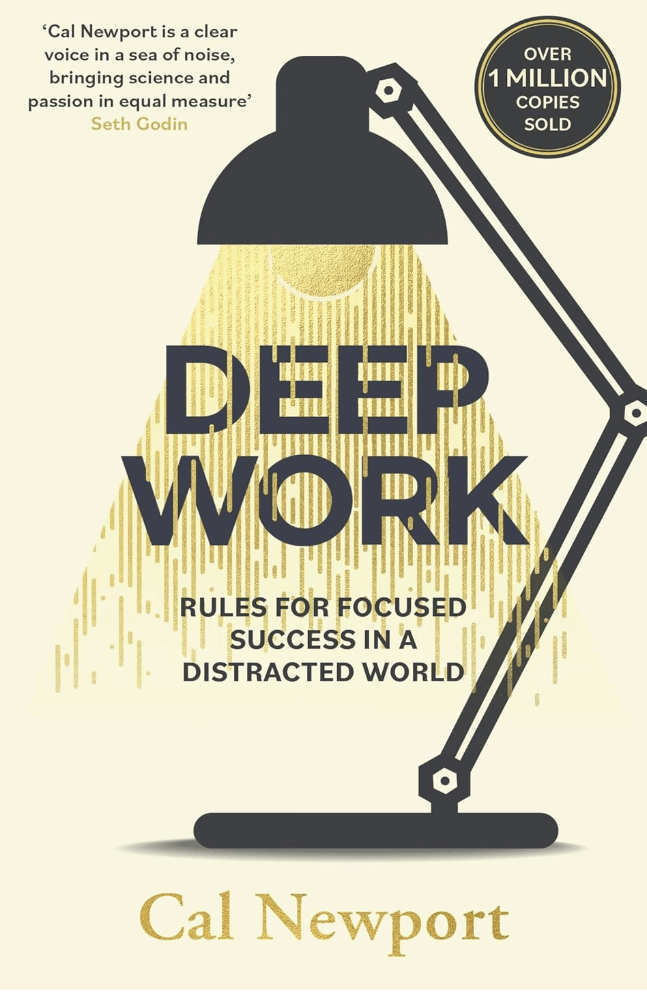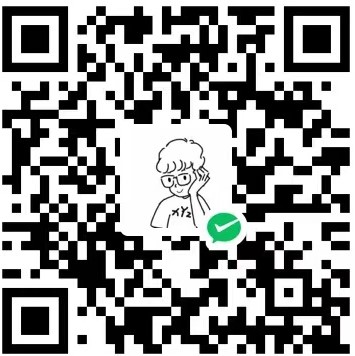Terminology 101: How to Choose Your Terminology Sources
by Isabella Massardo | Sep 19, 2019
We don’t give the internet enough credit for all that it does for us. From fake news, to unreliable shoddy sources, the World Wide Web has opened up a veritable labyrinth of sources, and it can be hard to know which to trust. The quest to find terminological sources can be equally fraught. How can you possibly know which are reliable and which aren’t?
First, you must know what makes a source reliable and then develop a checklist to help you pick the right terminology sources.
What Makes a Terminology Source Reliable?
The answer to this question is straightforward: To be reliable, a terminology source (be it a document, a book, an article, a web page or any other publication) must be authored by someone who is generally considered to be an expert in the field. Most importantly, a terminology source should be relevant to what it is used for.
A reliable document or publication has usually a well-defined structure so that the reader can vet the information provided in it and its origin (like a bibliography). Wikipedia, for example, contains useful nuggets of knowledge and it is a good starting point if you want to familiarize yourself with a particular topic and research terminology. However, because of its collaborative nature, nobody is really accountable for its content. For this reason, Wikipedia cannot be strictly considered as a reliable source, and it should be used with the proverbial grain of salt.
In general, there are three kinds of reliable sources:
- authoritative sources, such as a standardized vocabulary;
- primary sources, e.g. specialized documents, books and publications written by recognized experts or published by reliable publishing companies, institutions or universities. A good example are the OED publications; in general, every organization known for vetting sources, fact-checking information and being accountable for the information disseminated can be considered as primary source;
- secondary sources, for example specialized term bases, dictionaries, glossaries, and so on. The best example in this instance is the well-known IATE (that the die-hard can also download).
How Can We Evaluate Terminology Resources online?
All this said, how can we scour the web and select trustworthy terminology sources? Here are a few criteria to jump-start your glossary compilation.
First of all, before clicking on any of the links contained in a SERP (test your terminology skills by starting from here), DuckDuckGo or any other search engine, read the title (even the one in the upper title bar of the browser) and look at the URL of the page that you find interesting. Check the following:
- Does the title of the web resource you are looking at contain the name of a person, a company or an institution?
- What’s in the URL? The domain extension (especially when containing .edu or .gov) can give you an idea of the type of organization (in Italy, a general understanding among academic institutions has that universities’ websites start with .uni). And in this case, Wikipedia will surely provide useful information.
After that, try and assess whether the author(s) of the website can be identified as subject matter experts or amateurs. To do this, you may look into specific sections like the About or News page. Don’t forget to take into consideration whether the site is meant to be commercial, scientific, academic, informative, etc. A scientific website is probably meant to address experts and probably contain a list of references for further insights. Make sure that the links work and check whether the website is regularly updated.
Terminology Checklist: Start From Here
Last but not least, assess the linguistic and terminological reliability of the website content. To do so, we recommend creating a checklist. Here are a few points to get you started:
- Look for content authored by experts or authoritative figures.
- Consider the origin of the information and, where possible, go to the original source
- Always rely on information — hence terminology — confirmed by bibliographical references.
- Consider only content written in the author’s mother tongue. Remember that multilingual/multinational organizations (like standardization bodies) usually provide approved multilingual versions of their content
- When dealing with multilingual information of unspecified origin, check for the source of translation.
Content that has been machine translated may not be totally reliable; in any other case, consider the terminology used in the translation just as a starting point. You will still need to vet it. - Don’t forget that subject matter experts are the most valuable sources of information for translators: they can clarify any obscure concept related to their discipline as well as check terms in their mother tongue.







